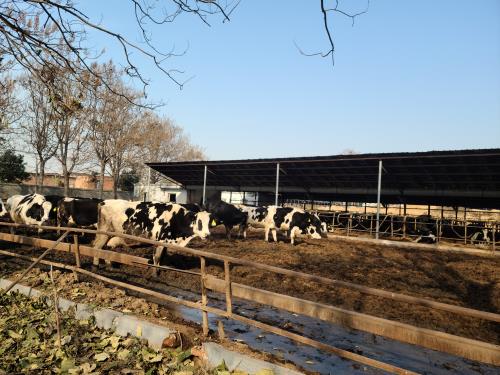Window processing in veterinary B-ultrasound system can be divided into window lifting processing and suppression processing. We use window lifting processing. This processing is mainly to enhance the contrast of veterinary B-ultrasound images. Here, a grayscale window range of stored pixels can be selected for enhancement. The grayscale outside the grayscale window of the veterinary B-ultrasound system is compressed or omitted, and the grayscale level required for observation is displayed. The purpose of doing this is to display various tissue structures or highlight certain parts of the veterinary B-ultrasound image, improve the clinical recognition and diagnosis of veterinarians, which is very important in clinical applications. For example, for the echo of the examined organ and the fine structure that is very close to the surrounding, a small lifting window can be selected, and the window segment can be displayed step by step. After this processing, it is convenient for veterinarians to observe and analyze and diagnose.

Real-time digital edge enhancement processing for veterinary B-ultrasound images is another feature of the developed veterinary B-ultrasound image processing system. The commonly used method at present is to achieve edge enhancement by differentiating the ultrasonic echo signal in the analog channel of the veterinary B-ultrasound instrument. The disadvantage of this method is that it is sensitive to the noise of veterinary B-ultrasound images, so the edge outline is also coarse. Therefore, we use the digital edge enhancement method, that is, the hardware circuit of the veterinary B-ultrasound system is used to realize edge detection and enhancement processing. There are many methods for digital edge outlining, such as Laplace operator method, Sobel operator method and gradient method. Considering that the veterinary B-ultrasound system used on animals requires real-time processing, the gradient method with a simpler algorithm should be used to realize the edge detection function.








